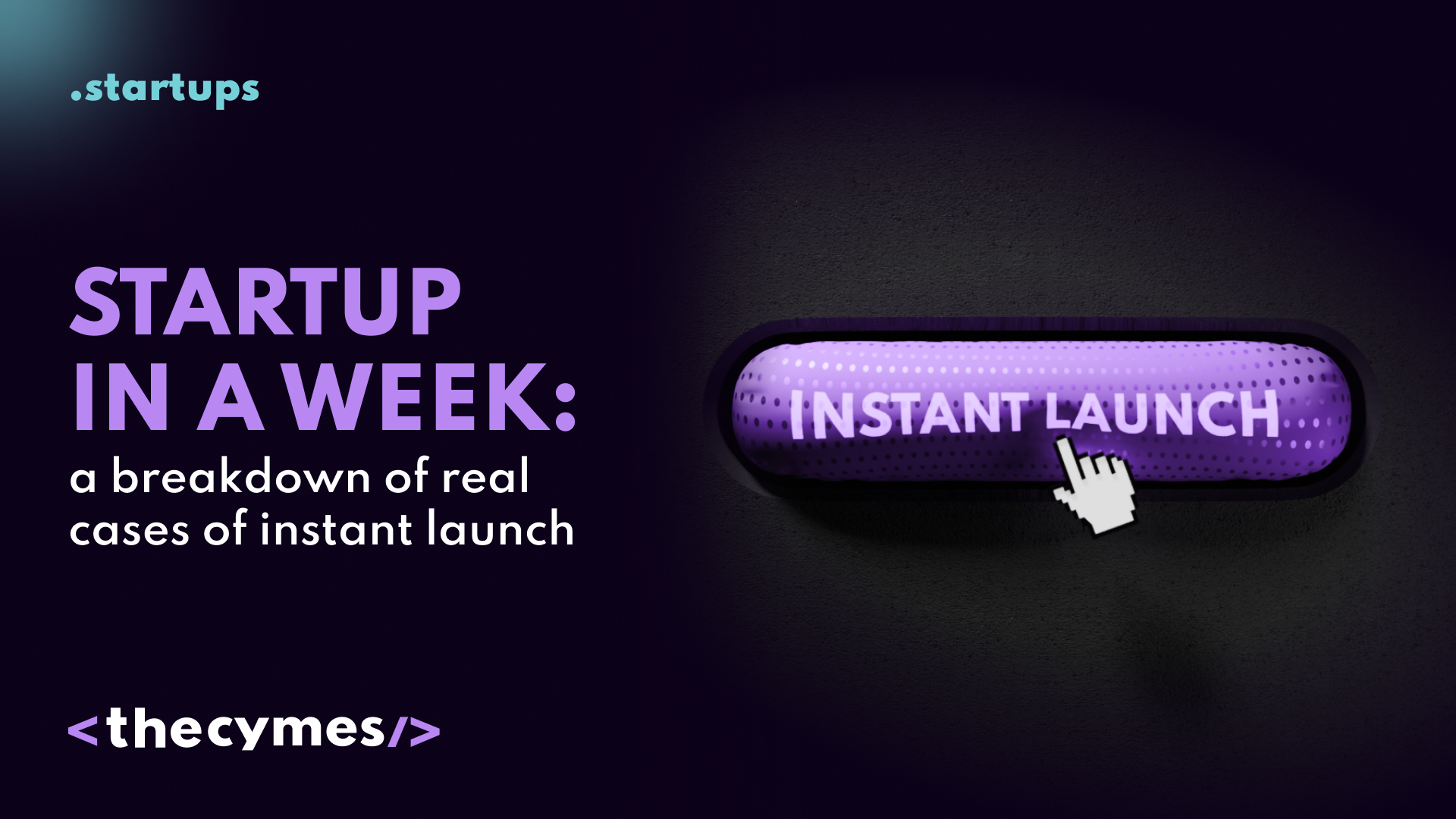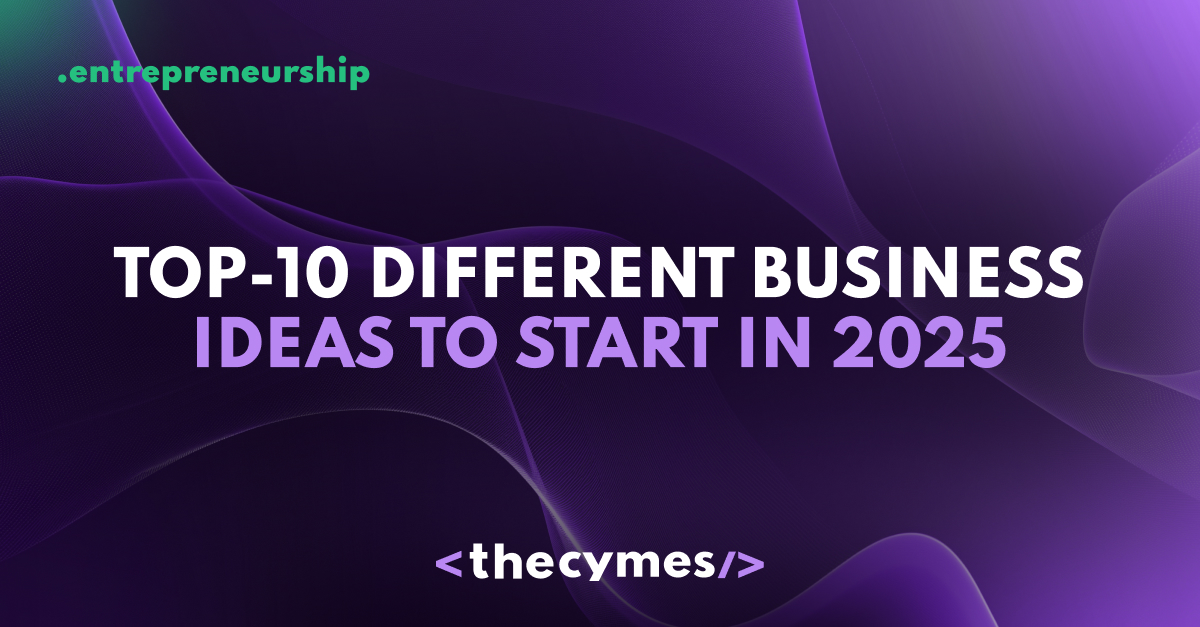Table of Content
Startup in a week: a breakdown of real cases of instant launch
/>Want to know the formula? Read incredible stories!Analyzing real cases of instant launch
Every day, new ideas emerge, and many entrepreneurs strive to turn their visions into successful companies. But what if you don’t have time for lengthy deliberations and planning? In this article, we will explore several real cases where startups were launched in just one week and analyze what helped them achieve success.
1. Example: Buffer
Launch story:
Buffer is a social media management app that allows users to schedule posts and analyze their effectiveness. Its creator, Joel Gascoigne, launched it in 2010 in just one week. The idea came to him when he faced challenges in planning Twitter posts.
How it was done:
Idea and research: Joel started with a simple survey among friends to determine if there was demand for such a service. He used platforms like SurveyMonkey to gather opinions and understand the needs of his target audience. Minimum Viable Product (MVP): Instead of developing a complex app, he created a simple webpage with a registration form. This allowed him to build a database of potential users and gauge their interests. Marketing: For marketing, Joel leveraged social media and various forums like Reddit to attract attention to his project. He also launched a blog to share his progress and development process. Feedback: After launching, he actively sought user feedback, which helped him improve the product. He organized several meetings with users to gather additional insights into what they wanted from the service, fostering a sense of involvement and support.
Results
Buffer quickly gained popularity and became a leader in the social media management market. The lesson from this case is not to be afraid of starting small. The key is to obtain feedback and adapt the product to meet customer needs.

Image from Pexels
2. Example: Zappos
Launch story:
Zappos is one of the largest online retailers of shoes and clothing, founded in 1999. Its founder, Tony Hsieh, launched the company in record time.
How it was done:
Testing the idea: Tony started with a simple website displaying photos of shoes taken from local stores. When someone placed an order, he bought the pair from the store and shipped it to the customer. This minimized inventory costs and tested demand. Focus on customer service: From the beginning, Zappos emphasized excellent customer service. This attracted many buyers and helped the company build a reputation as a reliable retailer. Tony implemented a policy of free shipping and returns, significantly increasing customer trust. Quick adaptation: Tony and his team constantly made changes based on customer feedback, allowing them to quickly adapt to market demands. They began incorporating new technologies to enhance the user experience, including virtual shoe fitting. Team culture: Zappos established a unique corporate culture focused on values like customer service and fun. This attracted talented employees who were motivated to achieve results.
Results:
Zappos became one of the most recognized brands in its niche and was acquired by Amazon for $1.2 billion in 2009. The Zappos case shows the importance of focusing on customer experience and being flexible in decision-making.
3. Example: Airbnb
Launch story:
Airbnb is a platform for short-term housing rentals, founded in 2008. Founders Brian Chesky, Joe Gebbia, and Nate Blecharczyk launched their startup during a financial crisis.
How it was done:
Problem and solution: The founders noticed a lack of affordable lodging during conferences in San Francisco and decided to allow people to rent out their apartments. They started by listing their own place to test the concept. Prototype: They created a simple website allowing homeowners to list their offerings. Initially, it was a basic platform, but it quickly attracted attention. They used high-quality photos to enhance the appeal of listings and implemented a review system. Marketing: They initially used social media and personal contacts for promotion. Later, they advertised on Craigslist, significantly increasing user numbers. They also collaborated with bloggers and influencers to raise awareness of their product. Feedback and improvement: The founders actively collected user feedback to enhance the platform. This led to the introduction of new features like a rating system and search filters.
Results:
Today, Airbnb is a multi-billion dollar company that has changed the rental market. The Airbnb case underscores the importance of identifying a real problem and offering a simple solution.
4. Example: Instagram
Launch story:
Instagram was founded in 2010 by Kevin Systrom and Mike Krieger. Initially, the app was called Burbn and focused on photo sharing and geolocation.
How it was done:
Idea and shift in focus: After the initial launch of Burbn, the team realized that users were primarily interested in the photo-sharing feature. They quickly pivoted to create a platform exclusively for sharing images, focusing on simplicity and user-friendly design. Minimum Viable Product (MVP): The development of the new version took just a few days. The team prioritized ease of use and quick photo sharing, making the app intuitive. Launch and marketing: Instagram was launched in October 2010 and quickly went viral. The team used social media for promotion and actively engaged with users, encouraging them to share content. Feedback and evolution: Instagram continued to gather feedback and introduce new features like filters and commenting. This fostered a user community, which became a key element of its success.
Results:
Instagram was acquired by Facebook for $1 billion just two years after its launch. The Instagram case demonstrates how quickly changing strategy and focusing on users can lead to success.
5. Example: Slack
Launch story:
Slack is a team communication platform launched in 2013. Founders Stewart Butterfield, Eric Costello, Karl Morah, and Fred Kreyger created it as a side project for their game Glitch.
How it was done:
Idea and testing: After shutting down Glitch, the team decided to use their technology to create a new product that would allow teams to communicate effectively. They started with internal use and testing within their team. Minimum Viable Product (MVP): The team quickly developed the necessary features for testing. Within a few months, they created an app that combined chat elements, integrations with other services, and file sharing capabilities. Marketing and launch: Slack was launched in August 2013 and rapidly gained popularity among startups and small businesses. The team employed viral marketing and attracted attention through social media and discussion platforms. Feedback and evolution: Slack actively collected feedback and implemented new features like integrations with other tools and the ability to create channels. This helped the platform quickly adapt to user needs.
Results:
Slack quickly became one of the leading tools for team communication, achieving a valuation of over $7 billion in just a few years. The Slack case illustrates the importance of utilizing existing resources and being open to change.

Image from Pexels
Lessons from the cases
1. Start small
All successful startups began with simple ideas and minimum viable products. Don’t be afraid of limited resources—they can become your advantage. Use them to create prototypes and test your ideas.
2. Gather feedback
Customer feedback is key to improving your product. Be open to criticism and adapt quickly to changes. Create surveys and conduct interviews to gain deeper insights into customer needs.
3. Focus on customer experience
Excellent customer service can be your main competitive advantage. Remember, satisfied customers are your best advertisers. Train your team to engage with customers and implement loyalty systems.
4. Utilize social media
Social media is a powerful tool for promoting your startup. Use it to attract attention and build a community around your product. Run contests and promotions to encourage users to share your product.
5. Flexibility and adaptability
Successful startups can quickly adapt to market changes. Stay updated on trends and be ready to modify your strategy. Use analytics to track the success of your marketing campaigns and product effectiveness.
6. Continuous learning and growth
Never stop at what you’ve achieved. Keep learning and adopting new technologies and approaches. Monitor competitors and study their successes and failures. This will help you stay one step ahead.
7. Network effect
Creating a community around your product can significantly increase its value. The more users you have, the more value they bring to each other. Invest time and resources in building and supporting this community.
Final thoughts
Launching a startup in a week is a feasible task if you have a clear understanding of your idea and the willingness to adapt quickly. By studying successful cases, we see that many began with simple solutions that addressed specific problems. Don’t be afraid to experiment, gather feedback, and focus on your customers. Your startup could be the next big success!
Creating a successful startup requires not only a great idea but also the ability to respond quickly to changes and to listen to your customers. By following these principles, your path to success will become significantly easier.




